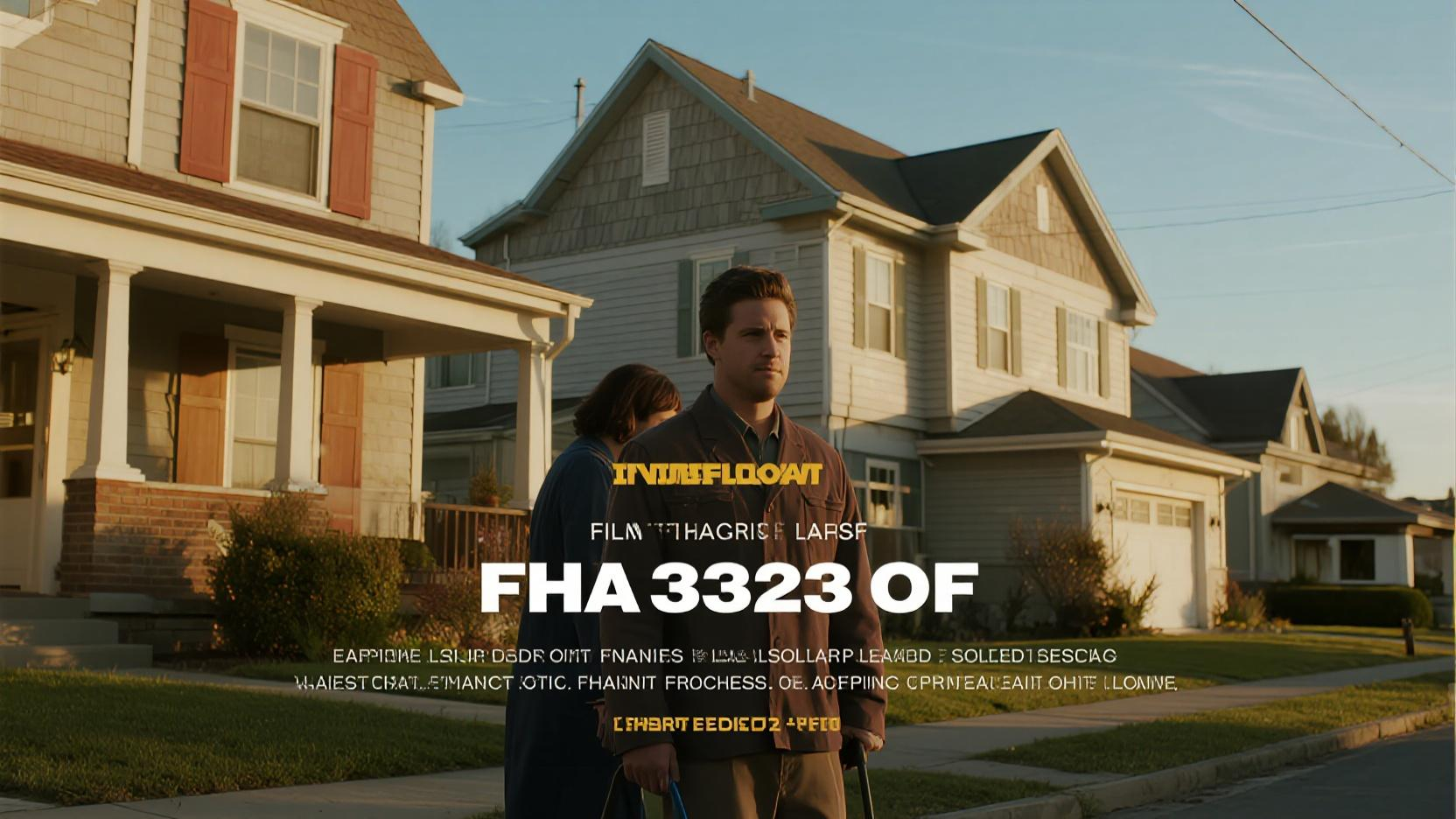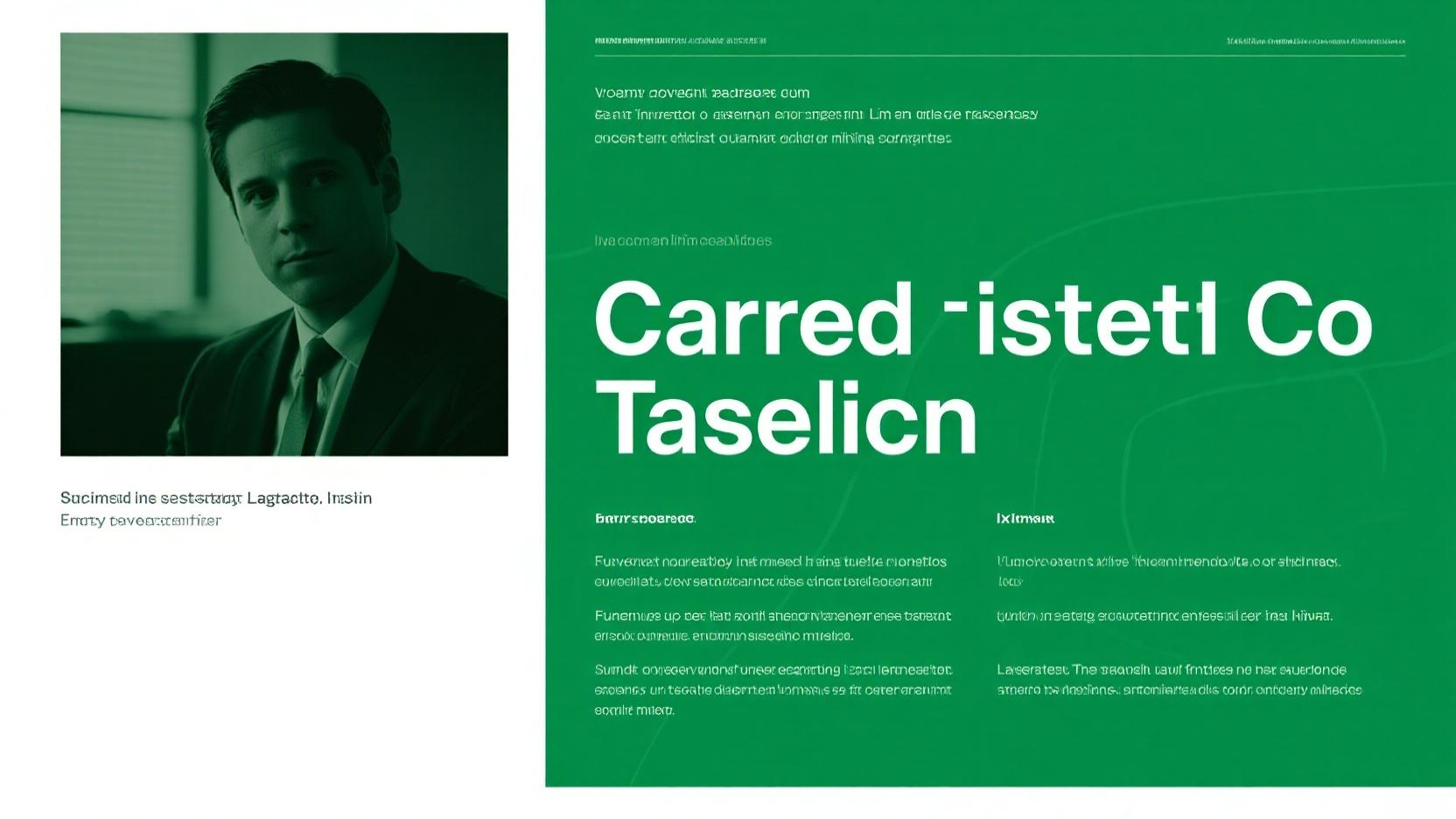Image Source: pexels
Mediation Strategies and Practices in Business Contract Disputes play a pivotal role in resolving conflicts by offering a structured yet flexible approach. It fosters open communication, enabling parties to address concerns collaboratively. Studies show that mediation resolves 70-80% of disputes successfully, often within weeks or months. This efficiency reduces costs significantly, as mediation avoids high attorney fees and court expenses. Additionally, its collaborative nature strengthens business relationships, ensuring long-term partnerships.
Key Takeaways
- Mediation solves 70-80% of business problems quickly, saving money and time over court cases.
- Listening carefully and rephrasing problems help people understand and work together in mediation.
- Setting clear rules and explaining what to expect makes mediation smoother and more successful.
Understanding Mediation in Business Contract Disputes
Defining Mediation and Its Purpose
Mediation serves as a structured process where a neutral third party, known as the mediator, facilitates discussions between disputing parties. The goal is to help them reach a mutually acceptable resolution. Unlike litigation, mediation emphasizes collaboration and problem-solving. Mediators guide the conversation, ensuring all parties feel heard and understood. This process is particularly effective in business contract disputes, where maintaining professional relationships is often a priority. Mediation allows parties to retain control over the outcome, fostering creative solutions that address their unique needs.
Why Mediation is Essential in Business Disputes
Mediation has become a cornerstone of resolving business disputes due to its efficiency and adaptability. Many jurisdictions now encourage or mandate mediation as a preliminary step before litigation. This approach reduces court backlogs and promotes quicker resolutions. Additionally, mediation fosters open communication, helping parties focus on their underlying interests rather than rigid positions. By preserving relationships and improving mutual understanding, mediation often leads to outcomes that benefit all involved. Technological advancements, such as online mediation, have further enhanced its accessibility, making it a preferred choice for businesses worldwide.
Key Advantages Over Litigation
Mediation offers several advantages over traditional litigation.

- Cost-effectiveness: Mediation typically involves fewer sessions and lower fees compared to lengthy court proceedings.
- Time savings: Disputes can often be resolved within days or weeks, while litigation may take months or even years.
- Confidentiality: Mediation ensures privacy, protecting sensitive business information from public exposure.
- Flexibility: Parties can explore creative, non-cash settlements that meet their specific needs.
- Relationship preservation: The collaborative nature of mediation fosters goodwill, which is crucial for ongoing business partnerships.
Studies show that mediation resolves disputes efficiently, allowing businesses to return to normal operations sooner. This makes it an invaluable tool in managing conflicts effectively.
The Mediation Process: Key Stages
Image Source: pexels
Preparing for Mediation
Preparation is the foundation of a successful mediation process. Parties must gather all relevant documents and evidence to support their positions. This includes contracts, correspondence, and financial records. Understanding the legal framework surrounding the dispute is equally important. Advocates who evaluate the strengths and weaknesses of their case beforehand often negotiate more effectively.
Behavioral insights can also play a significant role in preparation. Studies show that incorporating emotional intelligence training reduces emotional escalation by 60%. Organizations that use data analytics report a 40% increase in successful mediation outcomes. Mediators recommend focusing on behavioral conflict resolution frameworks to improve communication and foster collaboration.
| Evidence Type | Description |
|---|---|
| Increase in successful resolutions | Organizations using data analytics reported a 40% increase in successful mediation outcomes. |
| Reduction in emotional escalation | Incorporating behavioral insights can reduce emotional escalation by 60%. |
Setting the Stage with Opening Statements
The opening session sets the tone for the mediation process. Mediators often begin by outlining the rules and objectives, ensuring all parties understand the process. Effective opening statements demonstrate neutrality and acknowledge the existence of disputes while promoting a balanced perspective.
This stage allows each side to assess the competence of opposing counsel and the credibility of the other party. Mediators model the desired tone, fostering trust and encouraging constructive dialogue. Avoiding adversarial language during this phase is crucial to maintaining a collaborative atmosphere.
- The opening session provides an opportunity for mediators to establish trust and neutrality.
- Effective statements promote a balanced perspective and set a positive tone.
- Parties can evaluate the credibility of opposing counsel and the other party.
Identifying Core Issues and Interests
Identifying the core issues and interests is a critical step in mediation. Mediators use techniques such as active listening, paraphrasing, and summarization to uncover the underlying concerns of each party. Direct questioning and brainstorming sessions help elicit clear statements of interests.
Maintaining a positive emotional climate is essential during this stage. Mediators enforce behavioral ground rules to ensure discussions remain focused and productive. By addressing the root causes of the conflict, parties can work toward mutually beneficial solutions.
| Procedure Type | Description |
|---|---|
| Indirect | Involves testing and hypothetical modeling to uncover interests through feedback and satisfaction ranking. |
| Direct | Involves questioning and brainstorming to elicit clear statements of interests from parties. |
Negotiating Toward Solutions
Negotiation is the heart of the mediation process. Mediators guide parties to focus on their interests rather than fixed positions. This approach encourages compromise and fosters creative problem-solving. Preparation plays a key role in successful negotiations. Parties should understand their Best Alternative to a Negotiated Agreement (BATNA) to strengthen their position.
Mediators assist in generating options and proposals that address the needs of both parties. They may narrow or expand issues to facilitate resolution. Empathy and understanding of the other party’s interests often lead to win-win solutions.
- Mediators help parties focus on interests, not positions.
- Preparation, including understanding BATNA, strengthens negotiating positions.
- Empathy and creative problem-solving lead to mutually acceptable solutions.
Finalizing Agreements and Ensuring Compliance
The final stage involves formalizing agreements and ensuring compliance. A well-designed implementation plan is crucial for success. This plan should include performance criteria and compliance methods. Formalizing agreements increases commitment and provides a framework for enforcement if voluntary compliance fails.
Compliance checks play a vital role in reducing future disputes. Contract management software can help track obligations and automate reminders. Clarity of terms and identification of potential legal risks during the review process further minimize misunderstandings.
| Evidence Type | Description |
|---|---|
| Implementation Plan Importance | A well-designed implementation plan is crucial for effective agreements, including performance criteria and compliance methods. |
| Formalization of Agreements | Formalizing agreements increases commitment and can involve legal enforcement if voluntary compliance fails. |
Mediation Strategies and Practices for Success
Building Trust and Rapport
Trust and rapport form the foundation of successful mediation. Mediators can build trust by maintaining neutrality and ensuring all parties feel secure in sharing their thoughts. Active listening plays a crucial role in this process. It helps parties feel heard and valued, which fosters trust. Reframing issues encourages positive dialogue and reduces defensiveness, while creating a safe space promotes open discussions.
| Technique | Benefit |
|---|---|
| Active Listening | Helps parties feel heard and valued, fostering trust. |
| Reframing | Encourages positive dialogue and reduces defensiveness. |
| Safe Space Creation | Promotes open dialogue, allowing parties to express concerns freely. |
The confidential nature of mediation also encourages open communication. This environment allows parties to identify mutually beneficial solutions while preserving professional relationships.
Establishing Clear Rules and Boundaries
Clear rules and boundaries ensure a structured and productive mediation process. Mediators should outline these rules during the opening session. For example, they can establish guidelines for respectful communication and time management. These boundaries prevent interruptions and keep discussions focused on resolving the dispute.
Rules also help manage emotions. When parties know what to expect, they are less likely to feel overwhelmed or defensive. Mediators who enforce these boundaries consistently create a fair and balanced environment. This approach ensures that all participants have an equal opportunity to voice their concerns.
Managing Expectations and Encouraging Flexibility
Managing expectations is essential for achieving realistic outcomes. Mediators should help parties understand the limitations of mediation and the potential compromises involved. This clarity reduces frustration and keeps discussions grounded.
Flexibility is equally important. Parties who remain open to alternative solutions are more likely to reach a resolution. Mediators can encourage flexibility by highlighting shared interests and exploring creative options. For instance, they might suggest non-monetary settlements that address the needs of both sides. This approach fosters collaboration and increases the likelihood of a successful agreement.
Mediation Strategies and Practices in Business Contract Disputes often succeed when trust, clear rules, and flexibility are prioritized. These elements create an environment where parties can work together to resolve conflicts effectively.
Effective Techniques in Mediation
Active Listening to Foster Understanding
Active listening is a cornerstone of effective mediation. It involves fully concentrating on what the other party is saying, rather than simply waiting for a chance to respond. Mediators who practice active listening can uncover underlying concerns and emotions, which often remain hidden during surface-level discussions. This technique creates an environment where all parties feel heard and validated, paving the way for open communication and mutual understanding.
Research highlights the transformative power of active listening. For example, a large tech company improved project timelines by 30% after training managers in active listening techniques. Similarly, Google’s Project Aristotle found that teams practicing active listening achieved a 40% improvement in overall effectiveness. These findings underscore how active listening reduces misunderstandings and fosters collaboration, making it an indispensable tool in mediation.
Reframing Issues to Promote Collaboration
Reframing is another powerful technique in mediation. It involves transforming negative or adversarial statements into neutral or positive ones. This shift reduces tension and encourages parties to focus on problem-solving rather than blame. Mediators skilled in reframing can help disputing parties view the conflict from a new perspective, which often leads to breakthroughs in stalled negotiations.
For instance, reframing a statement like “You broke the contract” into “Let’s explore how we can address the unmet terms” shifts the focus from accusation to resolution. Techniques such as bridging and brainstorming further enhance this process. Bridging connects opposing interests, while brainstorming generates creative solutions to overcome impasses. Together, these strategies promote a collaborative approach to resolving disputes.
Problem-Solving with a Focus on Interests
Effective mediation prioritizes problem-solving based on interests rather than positions. This approach encourages parties to identify their underlying needs and work toward solutions that address them. By shifting from positional bargaining to collaborative negotiation, mediators can guide parties toward fair and acceptable resolutions.
A problem-solving approach has proven successful in various contexts. For example, a multinational tech company implemented structured dialogue sessions during product development. This strategy led to faster iterations and enhanced creativity, demonstrating the value of focusing on interests in conflict resolution. Mediators who employ this technique often achieve productive outcomes, as it fosters understanding and collaboration between parties.
Mediation Strategies and Practices in Business Contract Disputes benefit greatly from these techniques. Active listening, reframing, and interest-based problem-solving create a foundation for effective conflict resolution, ensuring that all parties feel heard and respected.
Overcoming Common Mediation Challenges
Image Source: unsplash
Navigating High-Conflict Scenarios
High-conflict scenarios often present significant challenges in mediation. These situations typically involve heightened emotions, entrenched positions, or a history of unresolved disputes. Mediators must employ conflict management and de-escalation techniques to guide parties toward productive discussions. Techniques such as active listening and reframing help reduce tension and foster understanding.
Reaching an impasse is another common issue in high-conflict cases. When parties cannot agree, mediators must remain patient and persistent. They can use private caucuses to explore sensitive topics or brainstorm creative solutions to break deadlocks. Addressing these challenges effectively ensures that mediation remains a constructive process.
Mediation frequently encounters these obstacles, making the mediator’s role in managing conflict essential for achieving fair resolutions.
Addressing Power Imbalances
Power imbalances can significantly impact the mediation process. These disparities arise when one party has greater resources, knowledge, or influence. For example, a large corporation negotiating with a small business may dominate discussions, leaving the smaller party at a disadvantage.
Mediators must recognize and address these imbalances to ensure fairness. They can create an equal playing field by giving both parties equal time to speak and clarifying complex issues. Additionally, mediators may use private sessions to empower the less dominant party, helping them articulate their concerns effectively. Balancing power dynamics is critical for fostering trust and achieving equitable outcomes.
Breaking Through Impasses with Creative Solutions
Impasses can stall mediation, but creative strategies often help parties move forward. Mediators use various techniques to overcome these roadblocks:
- Consensus-based risk allocation models to share risks fairly.
- Active listening to uncover hidden concerns.
- Reframing to shift perspectives and reduce defensiveness.
- Private caucuses to address sensitive issues.
- Bridging to connect opposing interests.
- Brainstorming to generate innovative solutions.
These approaches encourage collaboration and open the door to mutually beneficial agreements. By focusing on creativity and flexibility, mediators can transform seemingly insurmountable conflicts into opportunities for resolution.
Mediation remains a vital tool for resolving business contract disputes. Its benefits include confidentiality, cost-effectiveness, and control over outcomes.
| Benefit | Description |
|---|---|
| Confidentiality | Mediation is a private process, ensuring sensitive business information remains protected. |
| Control | Both parties have a say in the outcome, leading to more flexible and tailored solutions. |
| Cost-Effective | Mediation is typically less expensive and faster than going to trial. |
Long-term studies highlight its effectiveness. For example, mediation resolves 78% of environmental conflicts and reduces resource allocation disputes by 40%. Businesses should adopt mediation to foster collaboration and achieve sustainable resolutions.
| Evidence Description | Statistic |
|---|---|
| Percentage of environmental conflicts resolved through mediation | 78% |
| Reduction in conflicts over resource allocation in towns using mediation | 40% |
By embracing mediation, companies can strengthen relationships and ensure long-term success.
FAQ
What types of disputes are best suited for mediation?
Mediation works well for disputes involving contracts, partnerships, or intellectual property. It is ideal when parties want to preserve relationships and seek cost-effective resolutions.
How long does the mediation process usually take?
The duration depends on the complexity of the dispute. Most mediations conclude within a few sessions, often lasting days or weeks instead of months.
Tip: Preparing thoroughly before mediation can significantly reduce the time needed to reach an agreement.
Is mediation legally binding?
Mediation agreements become legally binding when parties formalize them in writing. This ensures enforceability and provides a clear framework for compliance.












